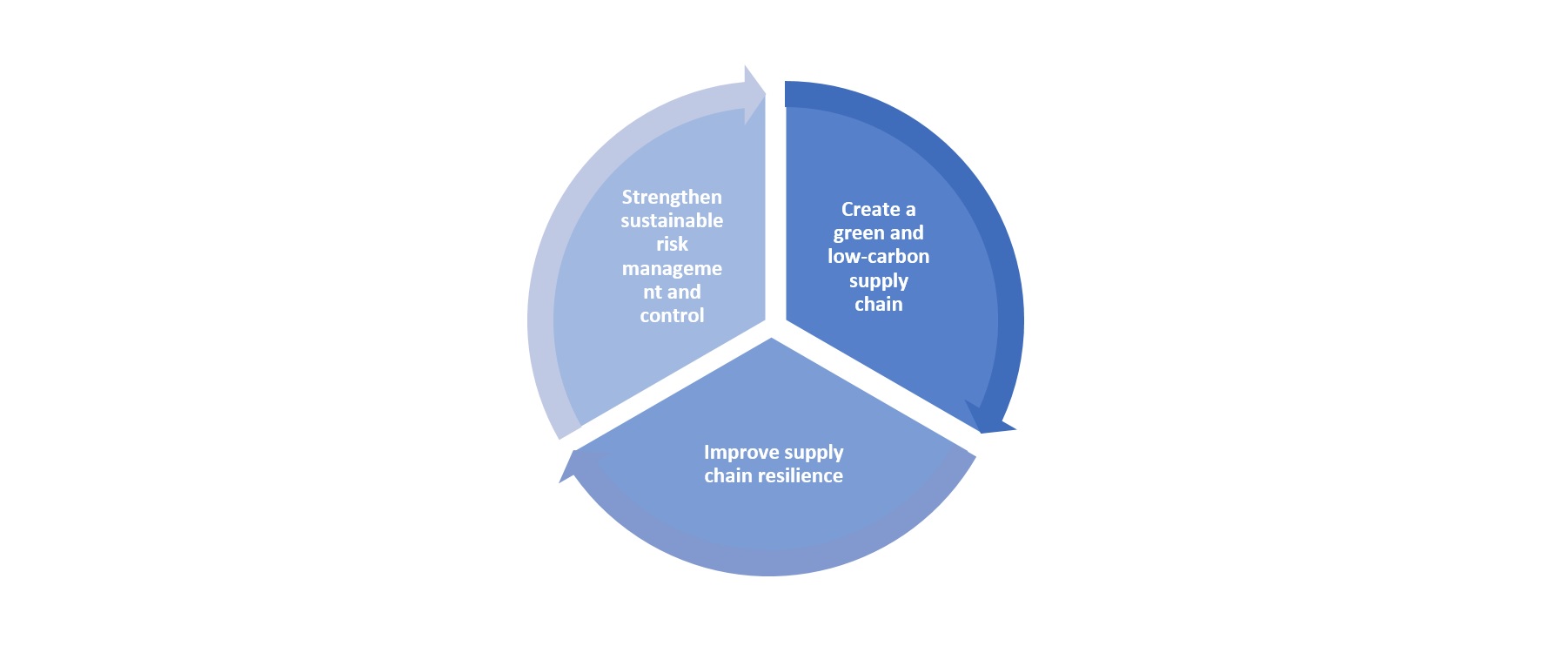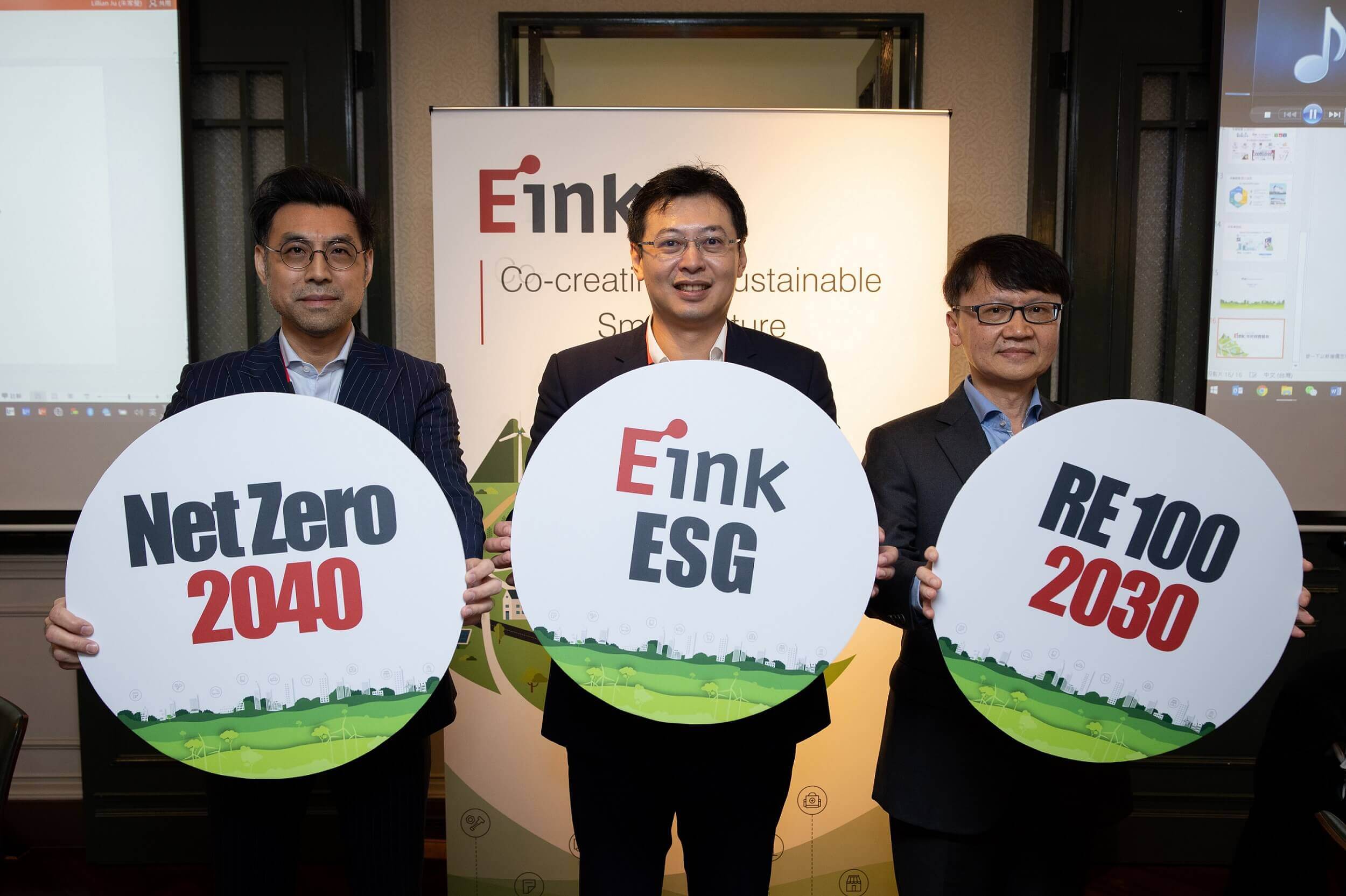E Ink Supplier Code of Conduct
All suppliers of E Ink must sign the “Guarantee of Supplier Code of Conduct” , so that suppliers of E Ink can clearly understand and truly abide by the requirements of the Supplier Code of Conduct of E Ink.
In the Supplier Code of Conduct, we define that suppliers should commit to safeguarding the human rights of laborers and respecting them according to the norms recognized by the international community. This applies to all workers, including temporary workers, migrant workers, students, contract workers, direct employees, and any other type of worker.
In addition, E Ink suppliers must also realize that in addition to minimizing the incidence of work-related injuries, a safe and healthy working environment can help improve the quality of products and services, production stability, and labor loyalty and morale. Suppliers should also recognize that ongoing workforce investment and education are key to identifying and addressing health and safety issues in the workplace.
E Ink suppliers must also acknowledge that environmental responsibility is an integral part of producing world-class products. Suppliers shall identify the impact of their manufacturing operations on the environment, and minimize adverse impacts of the process on the community, the environment, and natural resources, while safeguarding public health and safety.
In order to fulfill its social responsibility, E Ink requires all suppliers to abide by the highest ethical standards. The Supplier Code of Conduct also requires suppliers to adopt or establish a management system whose scope is related to the content of this Code. The management system shall be designed to ensure: (a) compliance with applicable laws, regulations and customer requirements related to supplier operations and products; (b) compliance with this Code; and (c) identification and mitigation of operational concerns related to this Code. risk. The management system should also drive continuous improvement.
Sign the Letter of Undertaking for Integrity
All suppliers of E Ink (including its subsidiaries) are required to sign the updated version of the Letter of Undertaking for Integrity.
Declare and commit to reject minerals extracted from all Conflict Minerals (CM) areas
CM refers to areas controlled by non-governmental military groups in the Democratic Republic of the Congo (this type of conflict minerals also includes Rwanda, Uganda, Burundi, Tanzania Metal minerals such as Tantalum, Tungsten, Tin and Gold (collectively referred to as 3TG) mined in ways that violate human rights. As a citizen of the world and actively promoting the "Responsible Business Alliance (RBA)" , E Ink declares and promises not to accept metals from the conflict area.
E Ink declares and requires the conflict minerals policy to suppliers in writing, and the suppliers must abide sign the "Not Using Conflict Minerals Statement", establish its conflict minerals policy and pass it on to its next-tier suppliers.
Carry out due diligence on all conflict minerals requirements from customers, and conduct risk assessment and questionnaire collection on suppliers, and confirm by referring to the list of effective and qualified smelters of the Responsible Minerals Initiative (RMI) The content of the supplier's reply is the latest information and a list of smelters that meet the valid or qualified standards.


